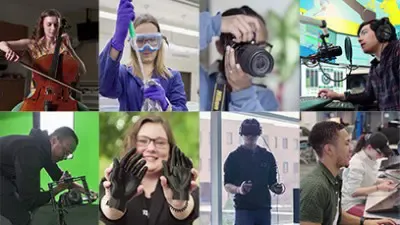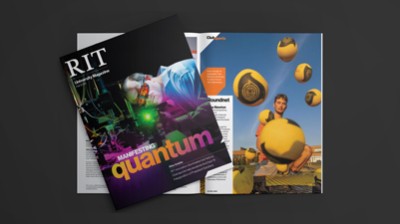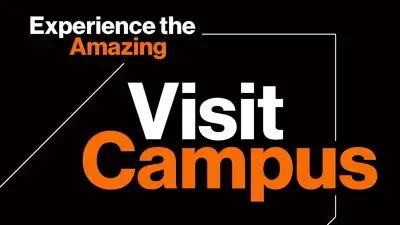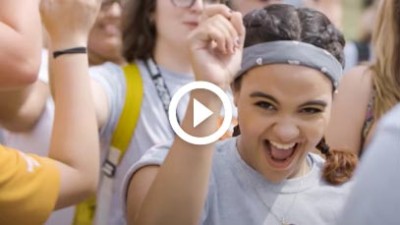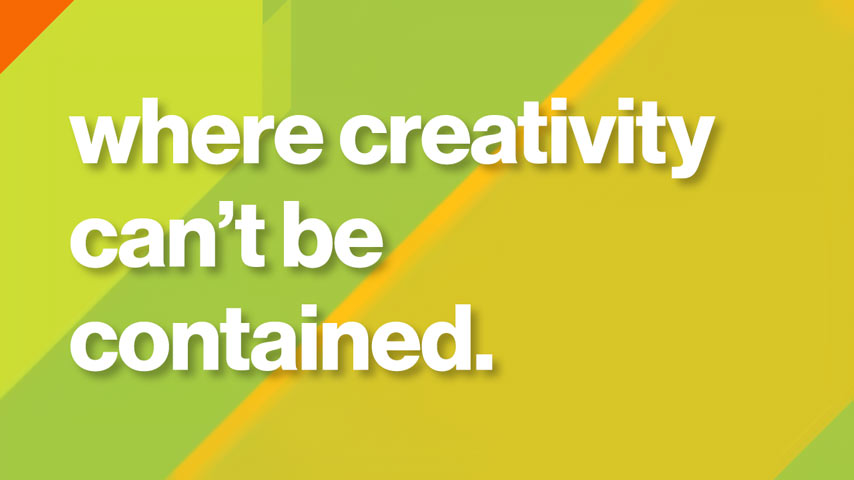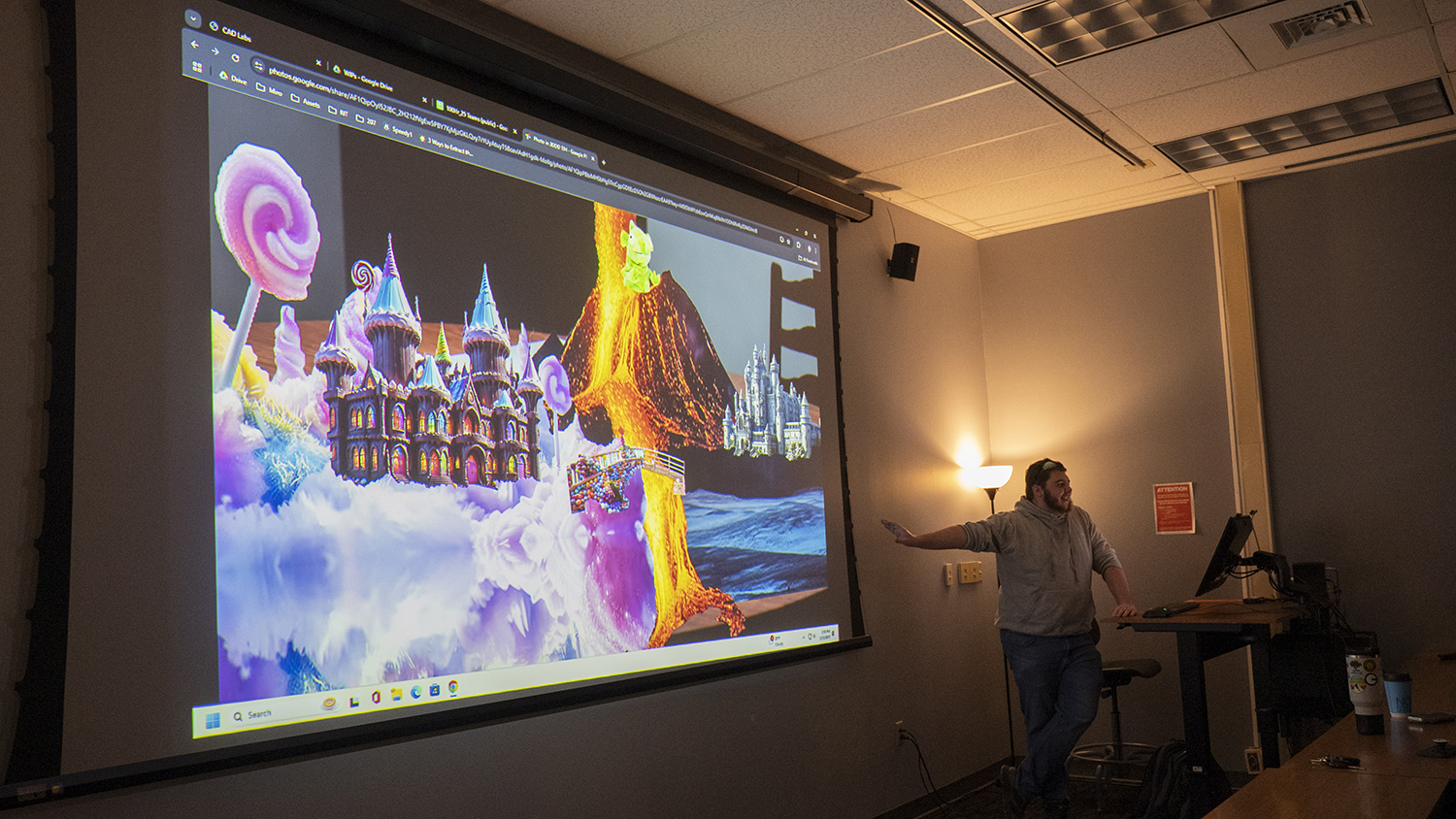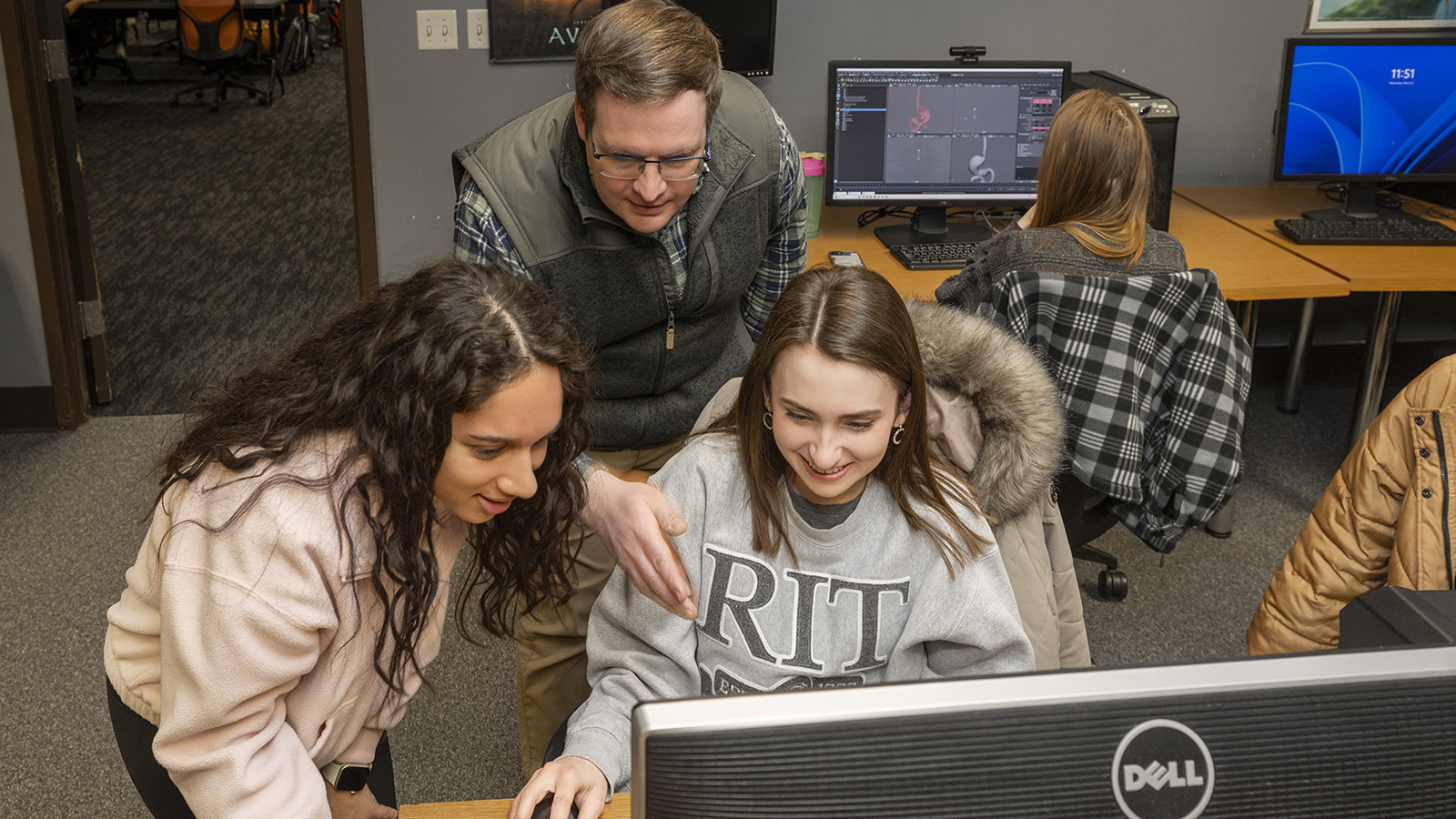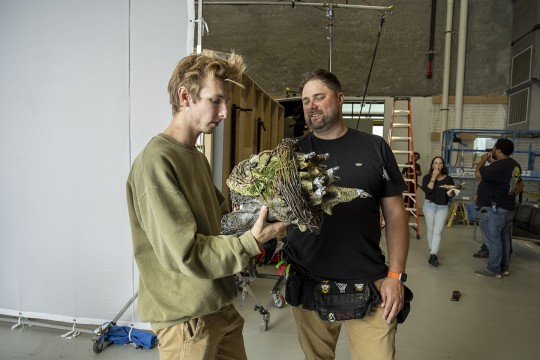Game Arts Option - 3D Digital Design BFA
Game Arts Option
3D Digital Design BFA
- RIT /
- Rochester Institute of Technology /
- Academics /
- Game Arts Option - 3D Digital Design BFA
Pursue a game art design degree that focuses on the innovative creation of assets for a wide range of game platforms.
Overview for Game Arts Option - 3D Digital Design BFA
Why Study the Game Arts Design Degree at RIT?
Game Arts Lecturers: Game arts professionals are invited to RIT to lead lectures, discussions, and demos that give you an informed industry perspective.
Industry Networking: Take part in Creative Industry Day, which allows you to connect with professionals in your field of study.
Strong Career Paths: Graduates have been hired by leading studios, such as Insomniac Games and Sony Interactive Entertainment, to work on games for all platforms.
STEM-OPT Visa Eligible: The STEM Optional Practical Training (OPT) program allows full-time, on-campus international students on an F-1 student visa to stay and work in the U.S. for up to three years after graduation.
The game arts design degree allows you to pursue creative interests in game arts, from designing virtual elements and lighting to animated characters and backgrounds. An innovative and adaptive curriculum prepares you for a career in the emergent fields associated with games culture while encouraging critical analysis of these fields through the dynamic courses offered throughout RIT. Visit the 3D digital design BFA program page for information on curriculum and elective courses for this option.
RIT’s Game Arts Design Degree
The game arts degree offers an innovative and adaptive curriculum that prepares you for a career in emergent fields associated with games culture, exposing you to the advanced technologies, interactive interfaces, and explorative processing necessary in game arts. While technologies constantly change, this option focuses on teaching lifelong skills of critical and design thinking and collaboration through a game arts focus.
In your 3D game design courses, you will explore:
- 3D modeling
- Sculpting
- Lighting
- Materials
- Effects
- Real-time game engines
- AR, VR, and XR
- Pre-visualization
- Virtual production
In this video game art degree, you will have opportunities to regularly collaborate with game developers. The game arts option complements RIT’s nationally recognized game design and development BS, offered by the Golisano College of Computing and Information Sciences and ranked 4th nationally among Princeton Review’s “Top 50 Game Design Programs: Undergraduate Category” (2022).
Access to Invaluable Digital Design Industry Technology and Resources
RIT provides game art design majors with resources and facilities where they can get hands-on experience with real-world industry technology.
- MAGIC Spell Studios, a state-of-the-art media production facility, is a creative hub where artists and programmers work together to research and develop imaginative game projects.
- Computer labs in the College of Art and Design will provide you with access to professional-level 3D and animation software.
- RIT’s virtual production curriculum is driven by the use of large LED walls installed in MAGIC Spell Studios and made possible with support from an Epic Games grant.
- The Strong National Museum of Play, the world’s largest collection of historical materials related to play, is located 15 minutes from campus.
Game Arts Degree Careers
You will graduate well-positioned to pursue careers in the game arts industry. Alumni and faculty are the creative minds behind the environments, characters, and objects in games you know and love. Graduates have been hired by leading studios to work on games for all platforms. Hiring partners include Bethesda, Insomniac Games, Sony Interactive Entertainment, and Workinman Interactive.
-
Apply for Fall 2026
First-year students can apply for Early Decision II by Jan. 1 to get an admissions and financial aid assessment by mid-January.
Careers and Experiential Learning
Cooperative Education and Internships
What’s different about an RIT education? It’s the career experience you gain by completing cooperative education and internships with top companies in every single industry. You’ll earn more than a degree. You’ll gain real-world career experience that sets you apart.
Co-ops and internships take your knowledge and turn it into know-how. Your art and design co-ops will provide hands-on experience that enables you to apply your artistic capabilities in dynamic professional settings while you make valuable connections between classwork and real-world applications.
Students in the game arts option are strongly encouraged to complete a cooperative education or internship experience.
Creative Industry Days
Connect with Design Industry Leaders
RIT’s Office of Career Services and Cooperative Education hosts Creative Industry Days, which connects students majoring in art, design, film and animation, photography, and select computing majors with companies, organizations, creative agencies, design firms, and more. Creative Industry Days are a series of events that allow you to network with company representatives and interview directly for open co-op and full-time employment positions.
Featured Work and Profiles
-
Building a Virtual Production Curriculum
Supported by MegaGrant from Epic Games, MAGIC Spell Studios has brought groundbreaking research and filmmaking techniques to RIT.
Read More about Building a Virtual Production Curriculum -
3D Digital Design Reel
A compilation of student work from the last few years.
Read More about 3D Digital Design Reel -
3D Digital Design Capstone Showcase - 2025
Select final projects from RIT's 3D digital design program class of 2025.
Read More about 3D Digital Design Capstone Showcase - 2025 -
Bringing Board Games to Life
It's game night! For the 2025 installment of the RIT 3D digital design program's annual 100 Hour Project, the theme was virtual game boards. The 100 Hour Project annually challenges teams of students...
Read More about Bringing Board Games to Life -
100 Hour Project - Into the Wormhole
RIT's 3D digital design program went into the wormhole with 12 teams of students designing their own corner of spacetime. The project was for the program's 100 Hour Project, an annual community...
Read More about 100 Hour Project - Into the Wormhole -
School of Design Reel
Samples of work from each BFA program in RIT's School of Design — 3D digital design, graphic design, industrial design, interior design and new media design.
Read More about School of Design Reel
Admissions and Financial Aid
This program is STEM designated when studying on campus and full time.
This option is part of the 3D digital design BFA. Please visit the degree program page for admission requirements.
Financial Aid and Scholarships
100% of all incoming first-year and transfer students receive aid.
RIT’s personalized and comprehensive financial aid program includes scholarships, grants, loans, and campus employment programs. When all these are put to work, your actual cost may be much lower than the published estimated cost of attendance.
Learn more about financial aid and scholarships
Related News
-
September 24, 2025
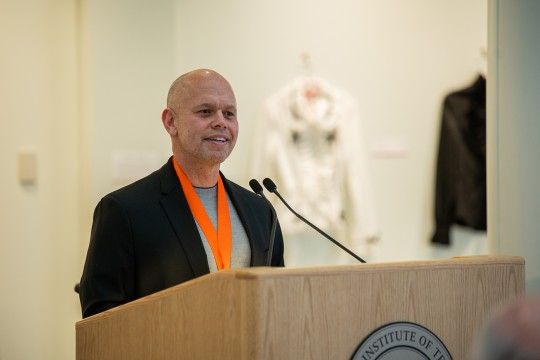
New School of Film and Animation director, faculty roles for 2025-26
Ricky Figueora taking over as the new director of RIT's School of Film and Animation headlines exciting promotions and additions to the College of Art and Design faculty.
-
April 29, 2025
Student brings photographic precision to 3D visual effects
Kendall Dirks' zeal for photography dates back to before high school and was used to enhance his 3D work at RIT, which included innovative projects and doing visual effects work for a feature film.
-
March 21, 2024
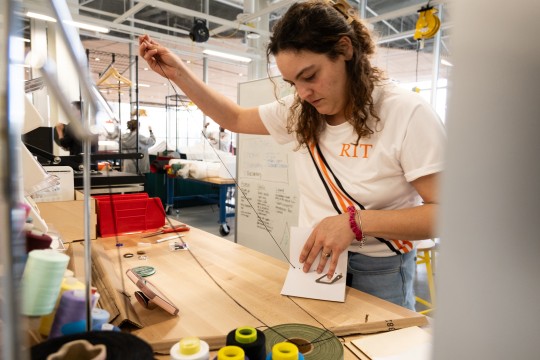
Innovation unleashed: students forge transdisciplinary projects at RIT's a2ru summit
Students leveraged the variety of makerspaces in RIT's brand-new SHED facility to create arts-integrative work responding to a theme of "Play."
Contact
- Gary Jacobs
- Associate Professor
- School of Design
- College of Art and Design
- 585‑475‑6987
- gdjfaa@rit.edu
School of Design
